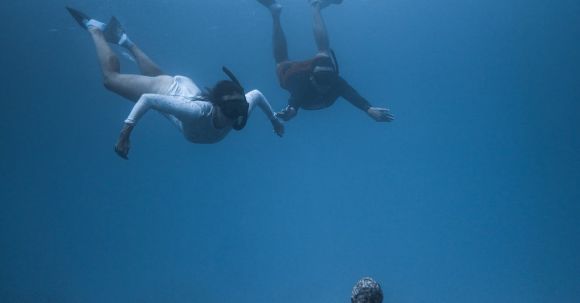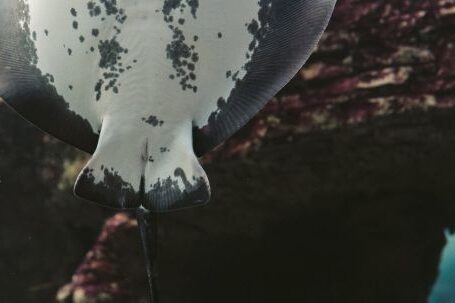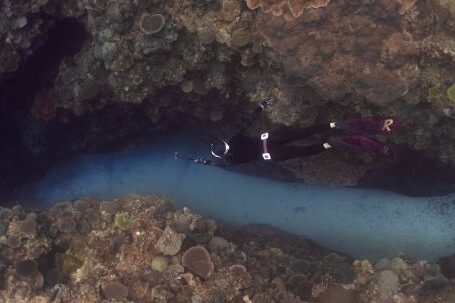Underwater currents can be powerful and unpredictable, posing a significant risk to divers and swimmers. Knowing how to handle these currents is essential for staying safe and enjoying your underwater adventures. In this article, we will provide you with some valuable safety tips and techniques to help you navigate underwater currents effectively.
Understanding Underwater Currents
Before diving into the safety tips, it’s crucial to understand what underwater currents are. These currents are movements of water that flow in a specific direction, often caused by tides, wind, or differences in water temperature and salinity. They can vary in strength and speed, ranging from gentle to extremely powerful.
Assessing Current Conditions
Before entering the water, it’s essential to assess the current conditions. Check with local authorities or dive professionals for any current warnings or advisories. Observe the surface of the water for signs of currents, such as choppy waves or swirling patterns. Being aware of the current conditions will help you plan your dive or swim accordingly.
Maintaining Proper Buoyancy
Maintaining proper buoyancy is one of the most crucial aspects of handling underwater currents. It allows you to control your position in the water, making it easier to swim against the current if necessary. Practice controlling your buoyancy by using your breathing and adjusting your weight distribution. A neutral buoyancy will help you stay in control and conserve energy.
Swimming Techniques in Currents
When swimming in a current, it’s essential to use the correct techniques to minimize the effort required and maintain control. Here are a few techniques to consider:
1. Swim parallel to the current: If you find yourself caught in a strong current, try swimming parallel to it. This technique will help you escape its grip and reach a safer area.
2. Use the “zig-zag” technique: If swimming parallel to the current is not possible, use the “zig-zag” technique. Swim at a slight angle against the current, then change direction periodically. This technique helps you make progress while conserving energy.
3. Utilize the bottom or surface: When diving, you can use the bottom or the surface to your advantage. By staying close to the bottom or utilizing the surface currents, you can reduce the impact of the underwater current.
4. Seek shelter: If the current becomes too strong or dangerous, seek shelter behind a large rock or coral formation. These structures can provide a temporary refuge until the current subsides.
Equipment Considerations
Having the right equipment is crucial for handling underwater currents safely. Here are a few considerations:
1. Dive with a buddy: Always dive or swim with a buddy who can provide assistance if needed. In the event of a strong current, you can rely on each other for support and safety.
2. Use a surface marker buoy: A surface marker buoy (SMB) is a vital piece of equipment when diving in currents. It allows you to signal your location to the surface, making it easier for boats to spot you and preventing accidental separation from your dive group.
3. Choose the right fins: Opt for fins that provide good propulsion and maneuverability in strong currents. Look for fins with a stiff blade and adjustable straps for a secure fit.
Conclusion: Staying Safe in Underwater Currents
Underwater currents can be challenging to navigate, but with the right knowledge and techniques, you can handle them safely. Remember to assess current conditions, maintain proper buoyancy, and utilize swimming techniques that work best for the situation. Additionally, having the right equipment, such as a buddy, surface marker buoy, and appropriate fins, is crucial for your safety. By following these safety tips and techniques, you can enjoy your underwater adventures while minimizing the risks associated with underwater currents.





